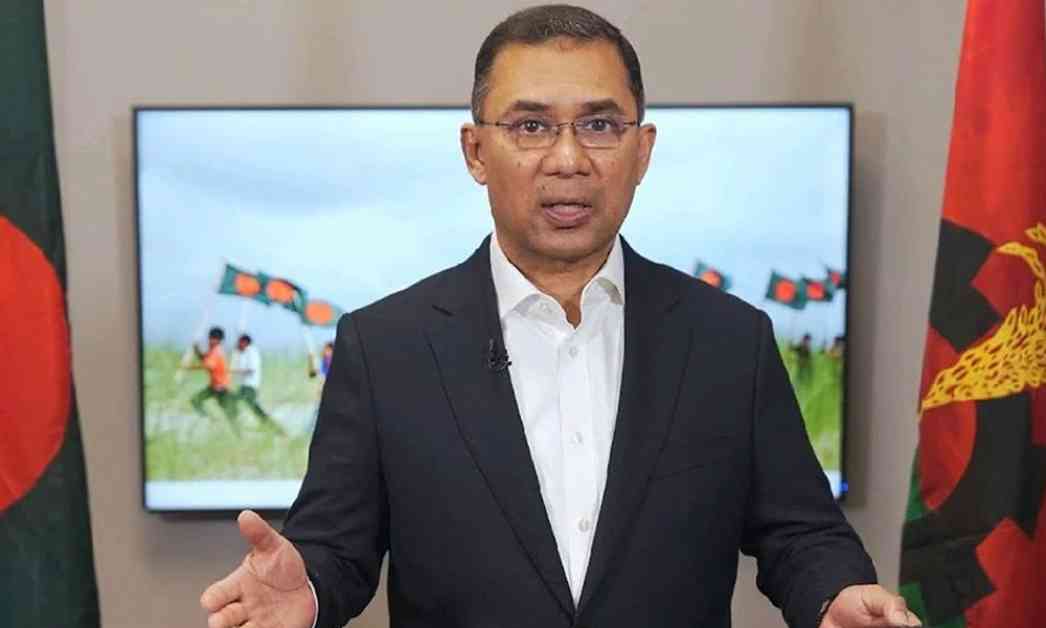Indian Artists Embracing Pakistani Artists: Tarek Rahman’s Perspective
In a surprising turn of events, Indian artists are now open to collaborating with their Pakistani counterparts, marking a significant shift in cultural relations between the two nations. Tarek Rahman, a prominent artist from Magura, sheds light on this evolving dynamic.
The Uniting Power of Art
Art has always been a powerful tool that transcends boundaries and brings people together. Tarek Rahman, with his brushstrokes that speak volumes, believes that art has the unique ability to bridge the gap between nations, fostering understanding and harmony.
As an artist who has personally experienced the transformative power of collaboration, Rahman emphasizes the importance of cultural exchange in today’s globalized world. He notes that by embracing diversity and celebrating each other’s artistic expressions, Indian and Pakistani artists can create a shared platform for dialogue and mutual respect.
Witnessing this shift firsthand, Rahman recalls a recent exhibition where Indian and Pakistani artists came together to showcase their work. The vibrant colors, intricate designs, and diverse themes on display spoke volumes about the rich cultural tapestry that both nations possess. The event was not just an art exhibition; it was a testament to the potential of art to build bridges and foster connections.
Challenges and Opportunities
While the growing camaraderie between Indian and Pakistani artists is indeed heartening, it is not without its challenges. Political tensions, historical conflicts, and societal prejudices often cast a shadow on cultural exchanges between the two nations. However, Rahman remains optimistic about the future, believing that art can pave the way for meaningful dialogue and mutual understanding.
In a world where division and discord seem to dominate the headlines, Rahman’s perspective offers a ray of hope. By focusing on shared creativity and artistic expression, he believes that artists can be ambassadors of peace and unity, transcending borders and building a more inclusive world.
Expert Insights
Dr. Priya Sharma, an art historian specializing in South Asian art, echoes Rahman’s sentiments. She emphasizes the importance of cultural exchanges in fostering cross-border understanding and collaboration. According to Dr. Sharma, art has the power to challenge stereotypes, break down barriers, and create a shared language that transcends political differences.
As the world continues to grapple with complex geopolitical challenges, the unity displayed by Indian and Pakistani artists serves as a beacon of hope. Through their artistic endeavors, they remind us that creativity knows no boundaries and that art has the power to heal, inspire, and unite.
Moving Forward
As Tarek Rahman continues to advocate for greater cultural exchange between Indian and Pakistani artists, his message of unity and collaboration resonates with artists and art lovers alike. In a world that often seems divided, art remains a unifying force that transcends differences and brings people together.
Rahman’s vision for a more inclusive and interconnected art world serves as a reminder of the transformative power of creativity. As he continues to paint his vision of a world where art knows no borders, his work stands as a testament to the enduring spirit of collaboration and understanding that binds us all.
In conclusion, the evolving relationship between Indian and Pakistani artists signifies a broader shift towards cultural diplomacy and mutual respect. Through their shared passion for art, these artists are rewriting the narrative of division and animosity, paving the way for a brighter, more harmonious future.
